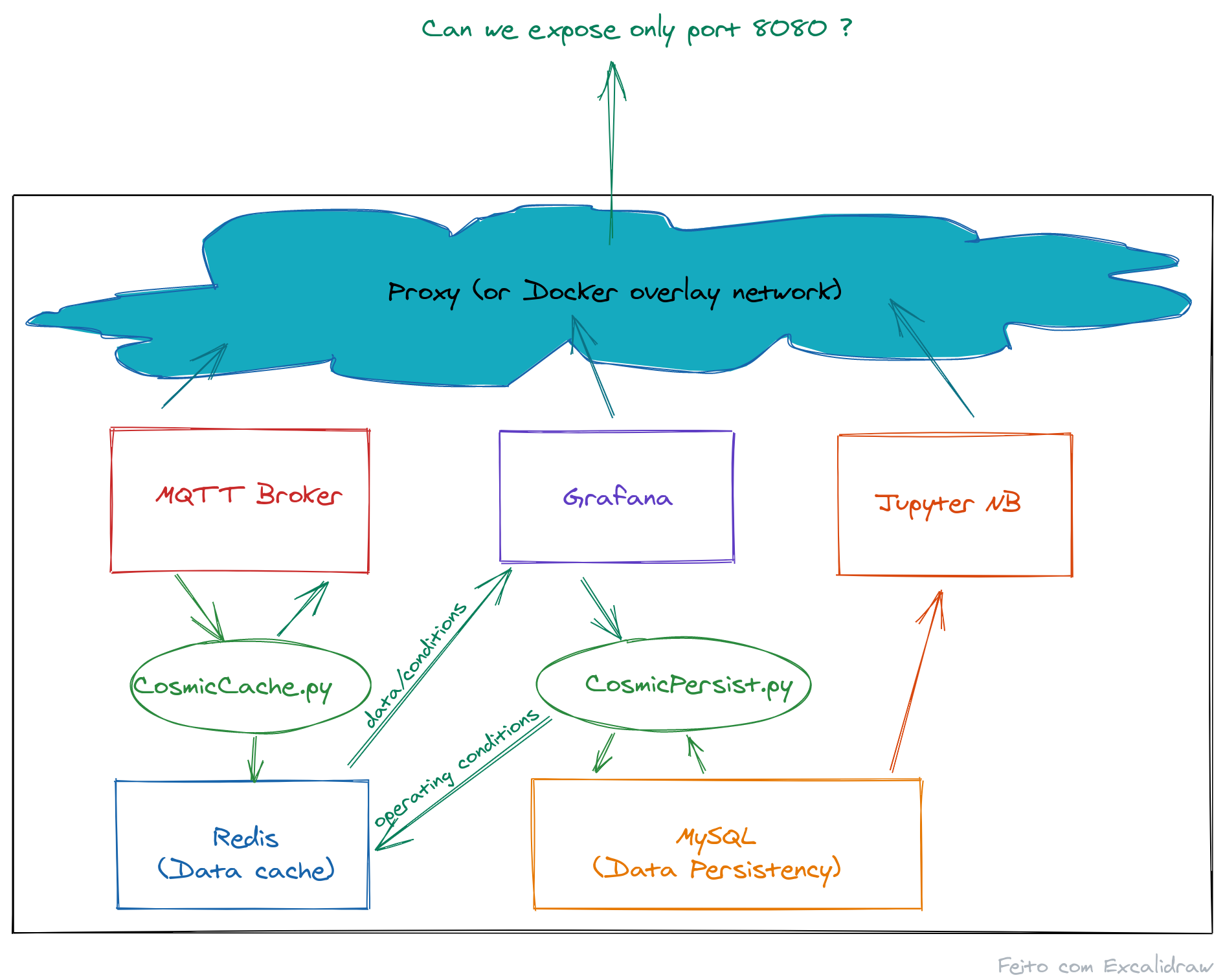How it works
The cosmic ray detector network
Our detection network is made up of several cosmic ray detectors installed in various locations in Brazil. Each time an event caused by the passage of cosmic rays through the detector is recorded, the data from this record is sent to a computer that stores the information, which we call a server. Among the information sent is the exact moment of the particle's passage and how many detection plans "saw" the particle's passage. The geographic coordinates of the detector, its characteristics (such as the number of detection planes installed and the spatial orientation of these planes), and environmental conditions such as temperature, pressure, and humidity are also sent at determined time intervals.
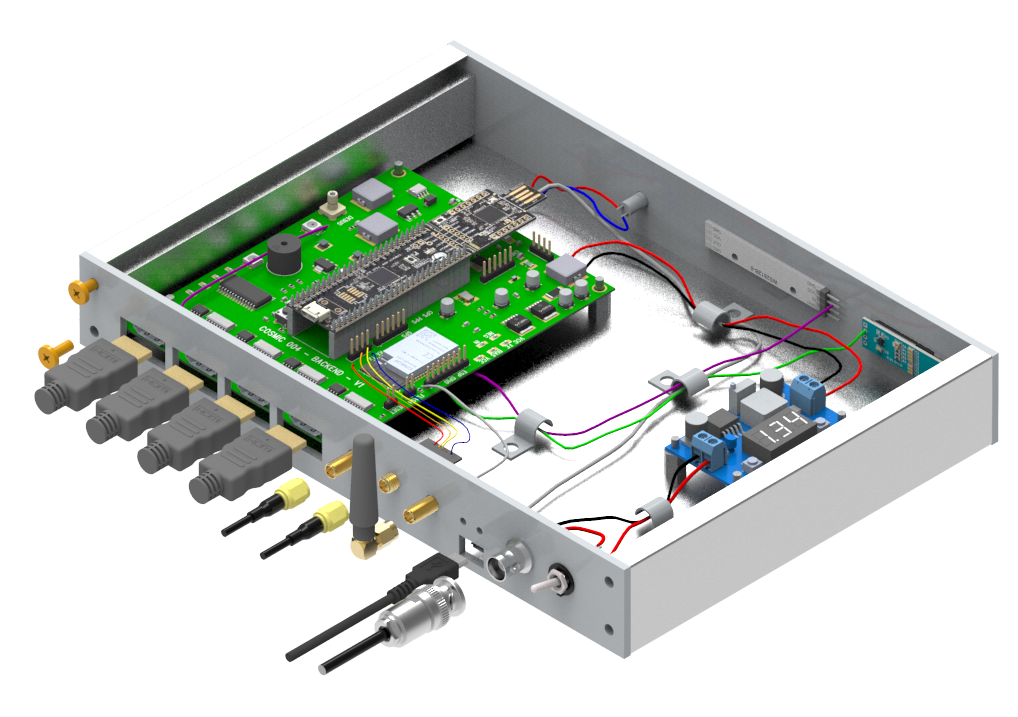
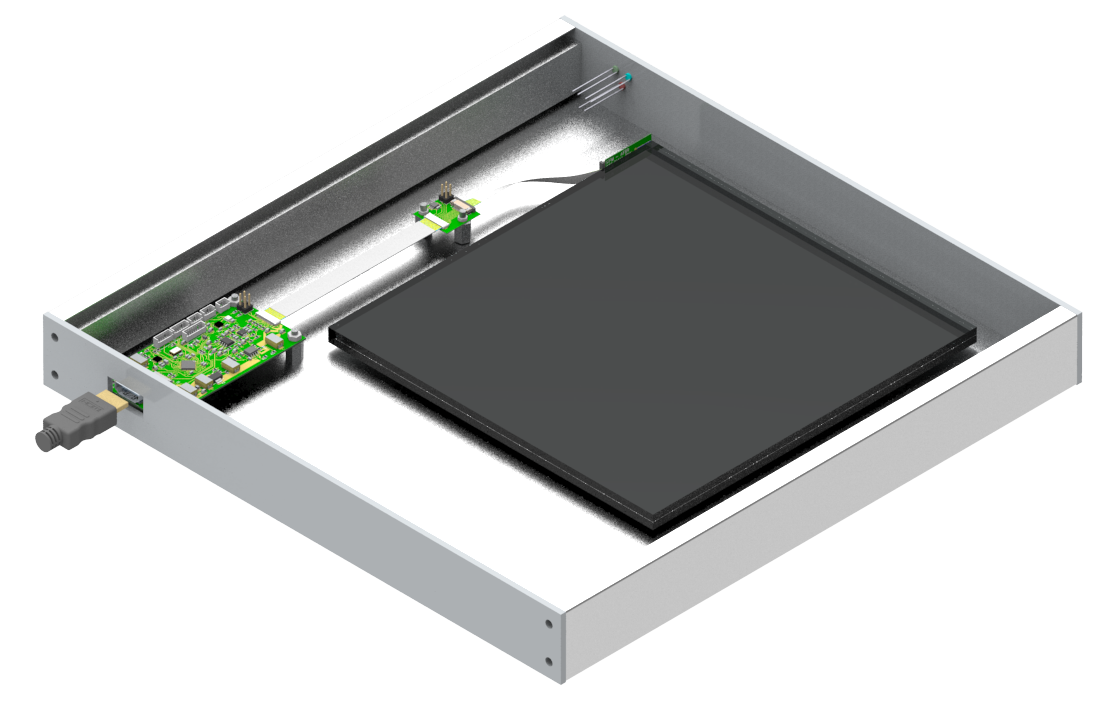
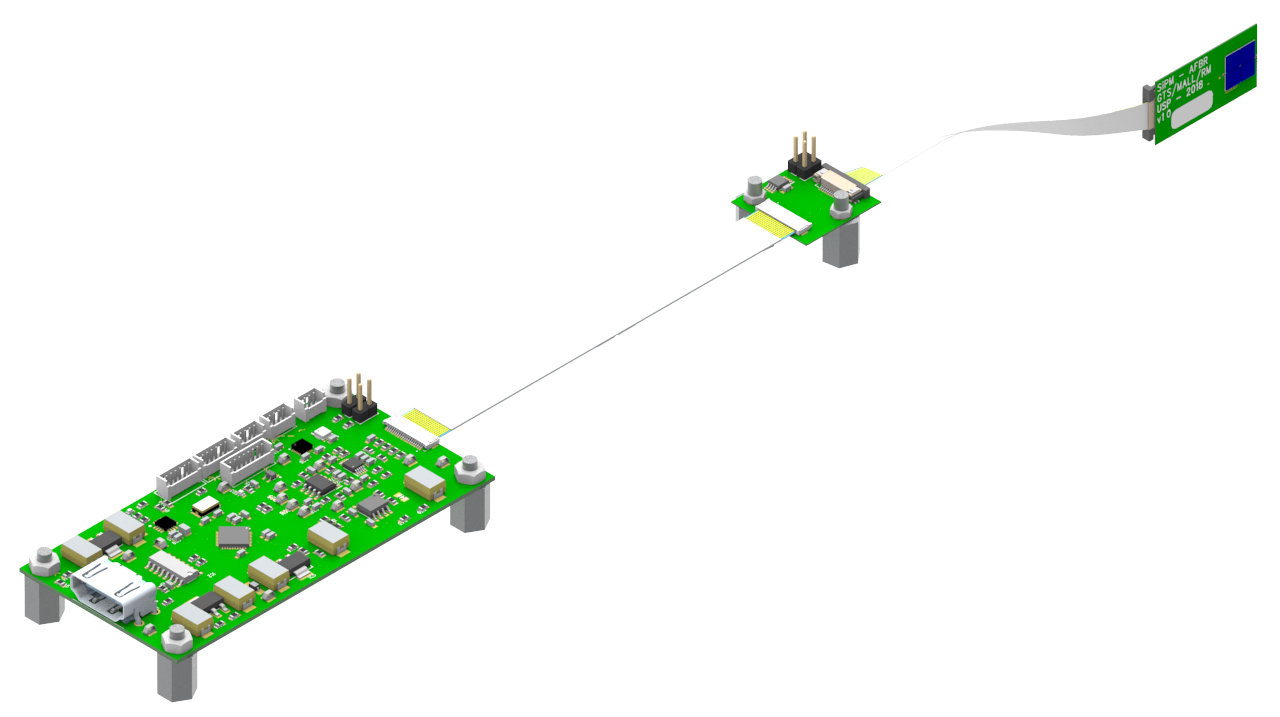
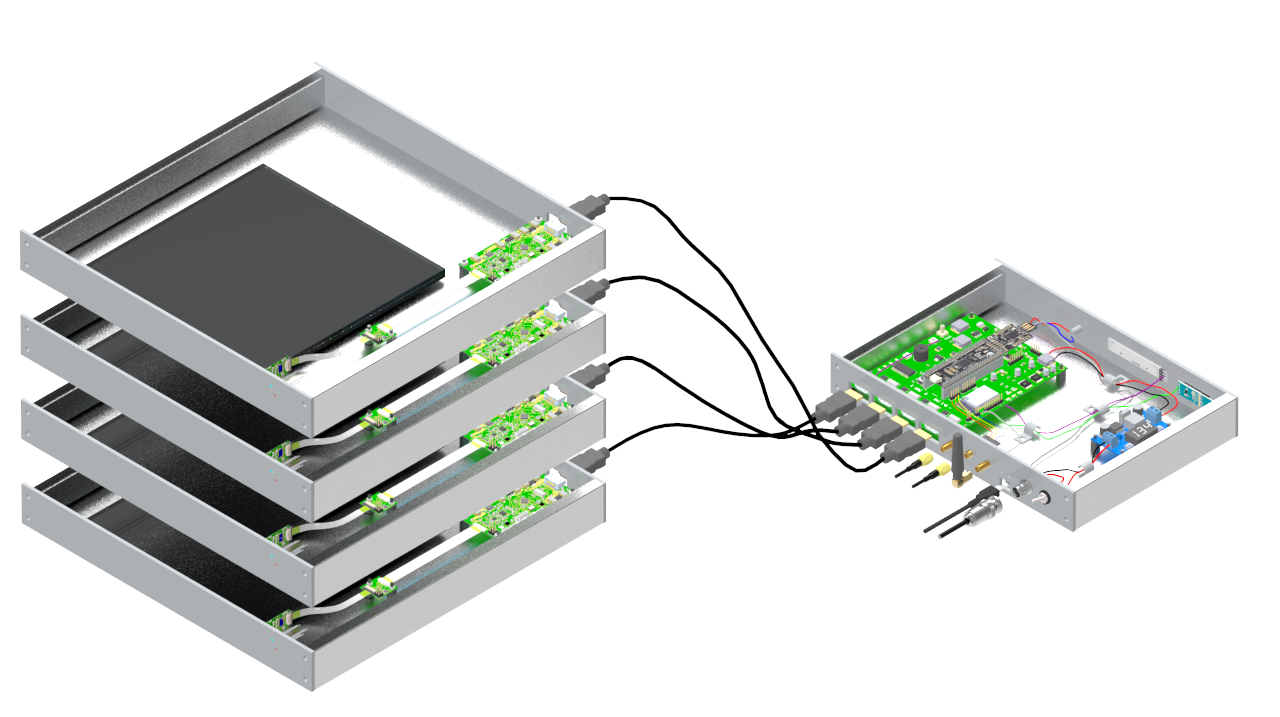
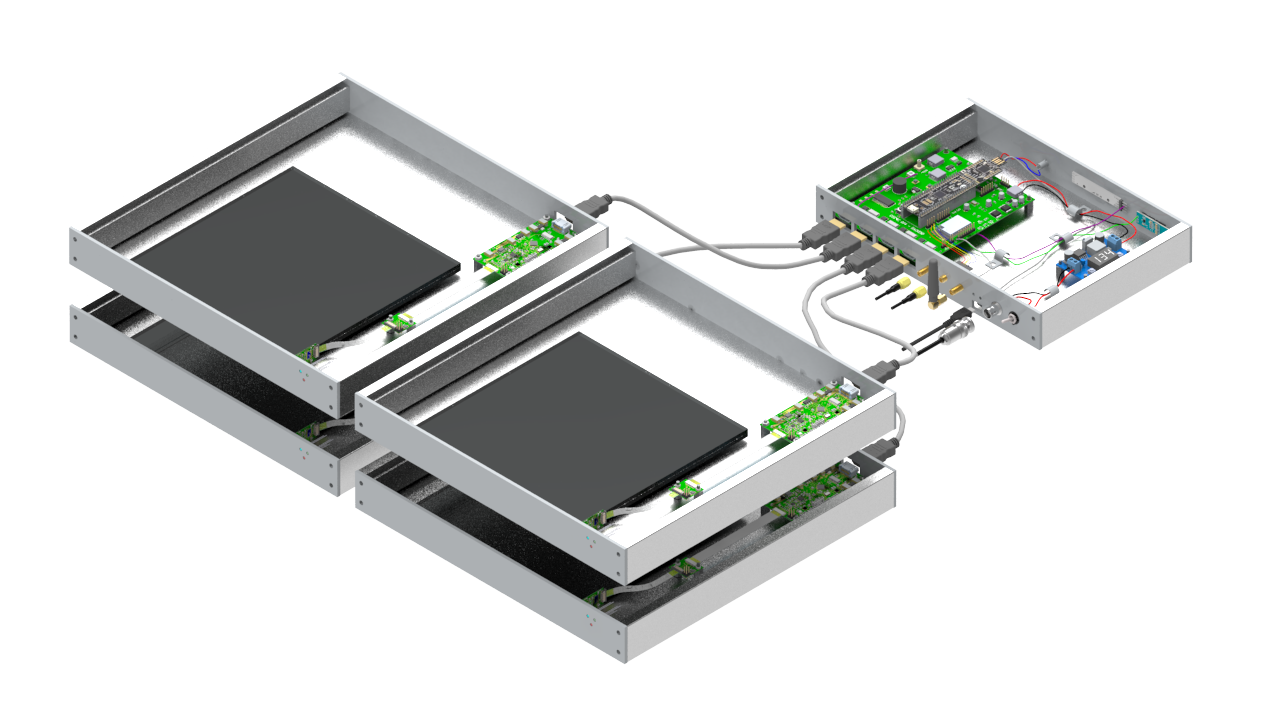
Image Credits: Cosmic Rays in Schools Project
Measurement stations
To obtain and send all this information, the detector relies on some "onboard computers" or 'micro-controllers' to process and transmit the information. To do anything, these microcontrollers need to be programmed. The program is stored in an internal memory at each station and can be modified (e.g. updated) from time to time.
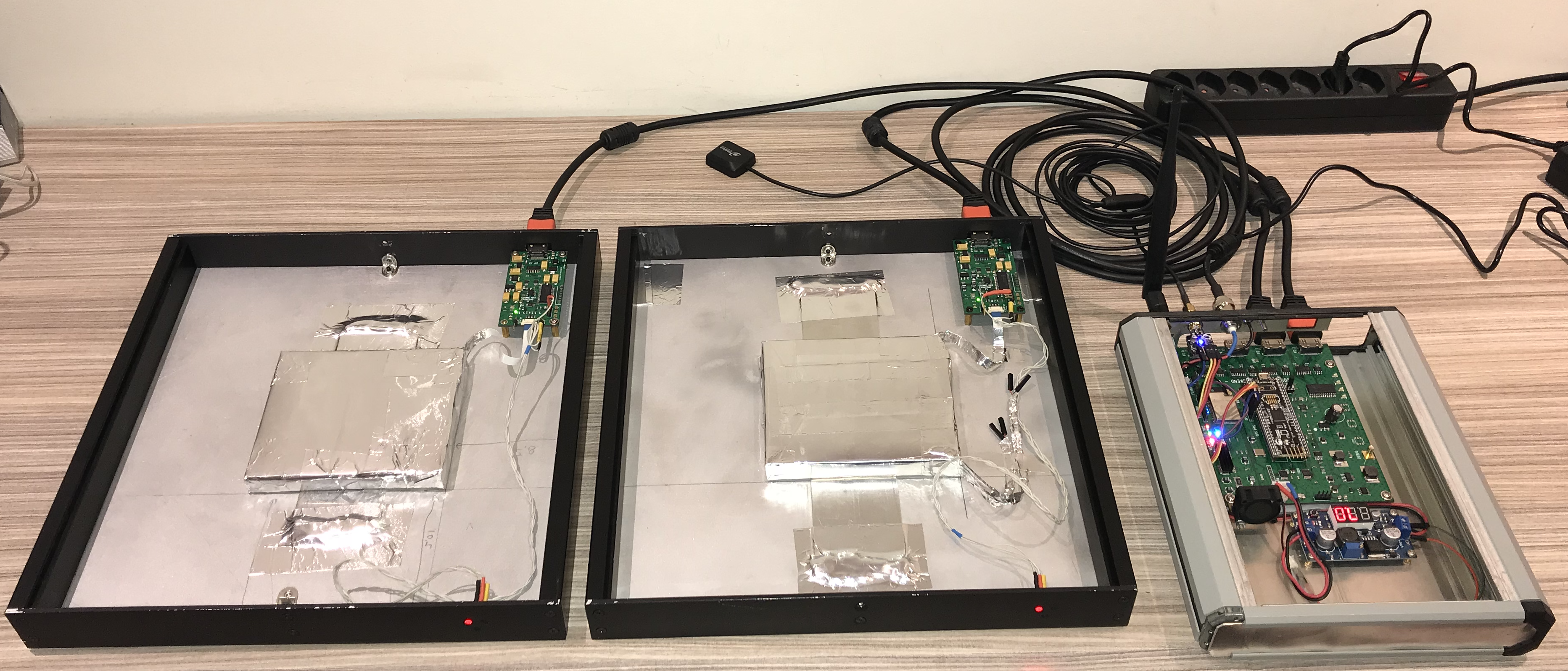
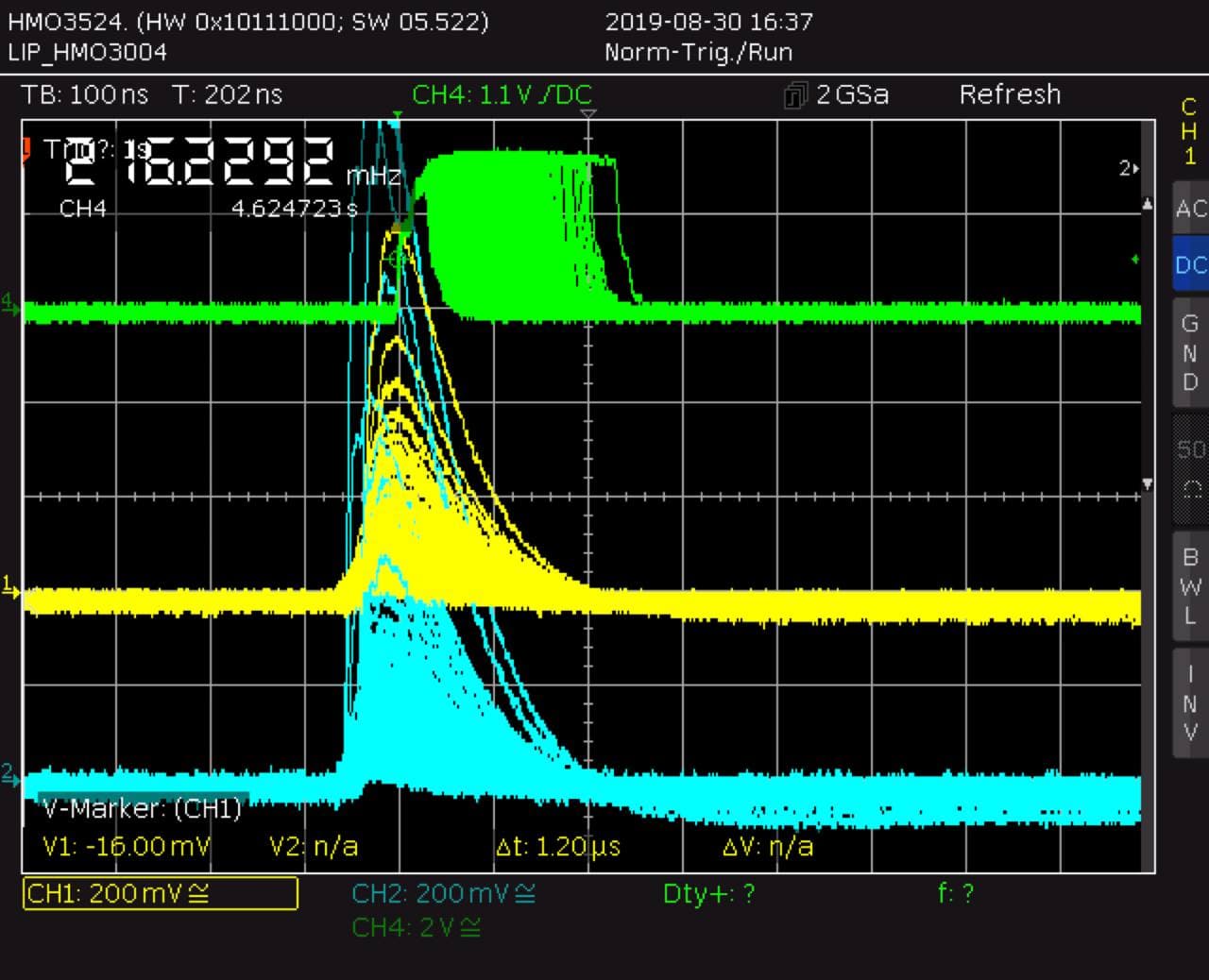
Image Credits: Cosmic Rays in Schools Project
The central server
The computer that receives information from the stations is also programmed to perform specific tasks, such as: monitoring the health of each measurement station, storing the data in a large table (which we call a database), and storing the analysis environment where the activities are developed. All information travels over the internet (each time a cosmic ray is detected, the amount of information is not very large; it is approximately the size of a WhatsApp sticker).
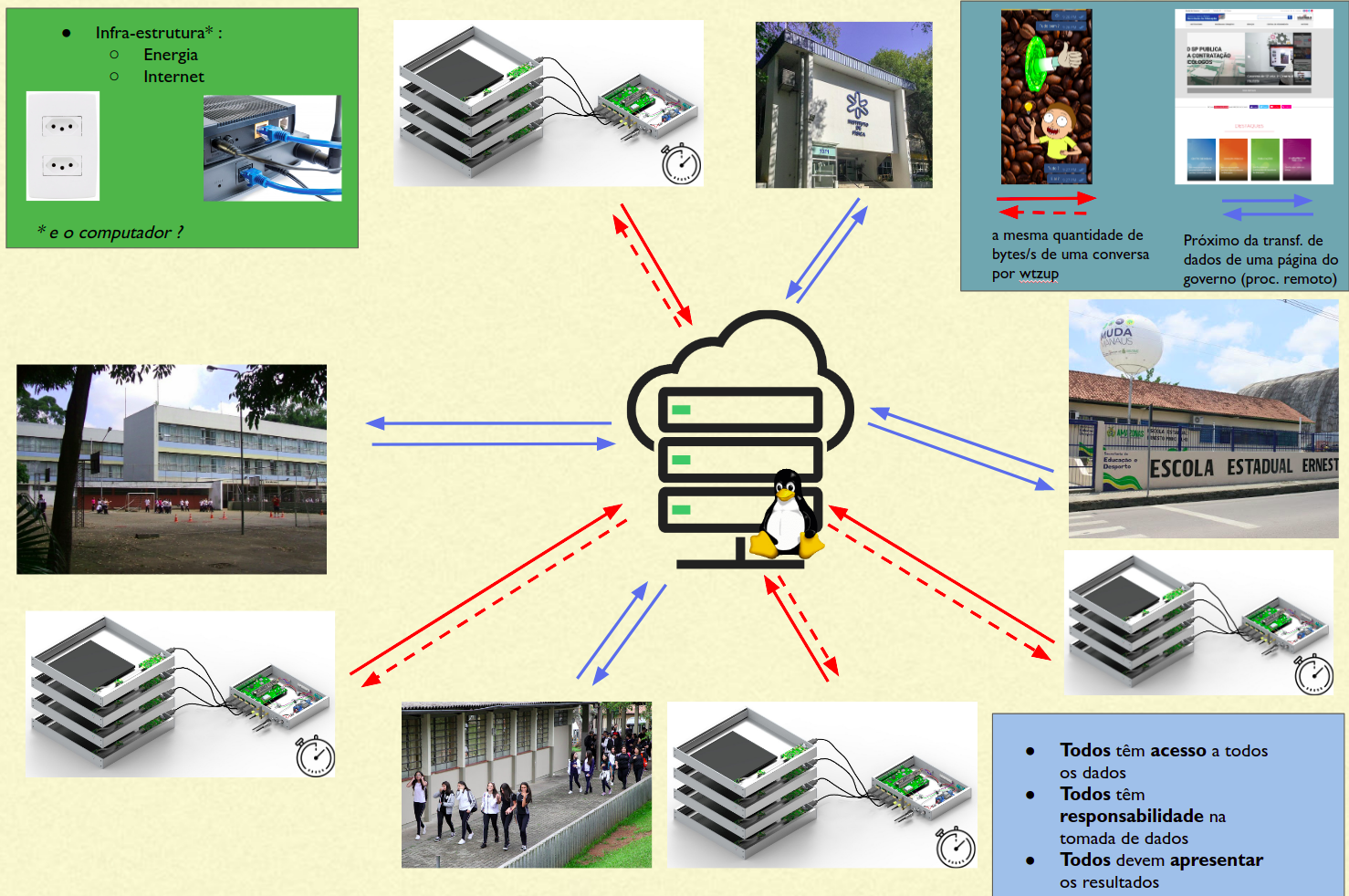

Image Credits: Cosmic Rays in Schools Project
Access to technical documentation
For more details, click here.
The documentation that describes how this entire system works is available in this location.
The documentation linked above is technical documentation, written by experts for experts. All technical documentation is being written in English.
In the link above, the documentation is organized as follows:
- Hardware
- Software
- Firmware
- Data format
- Server
